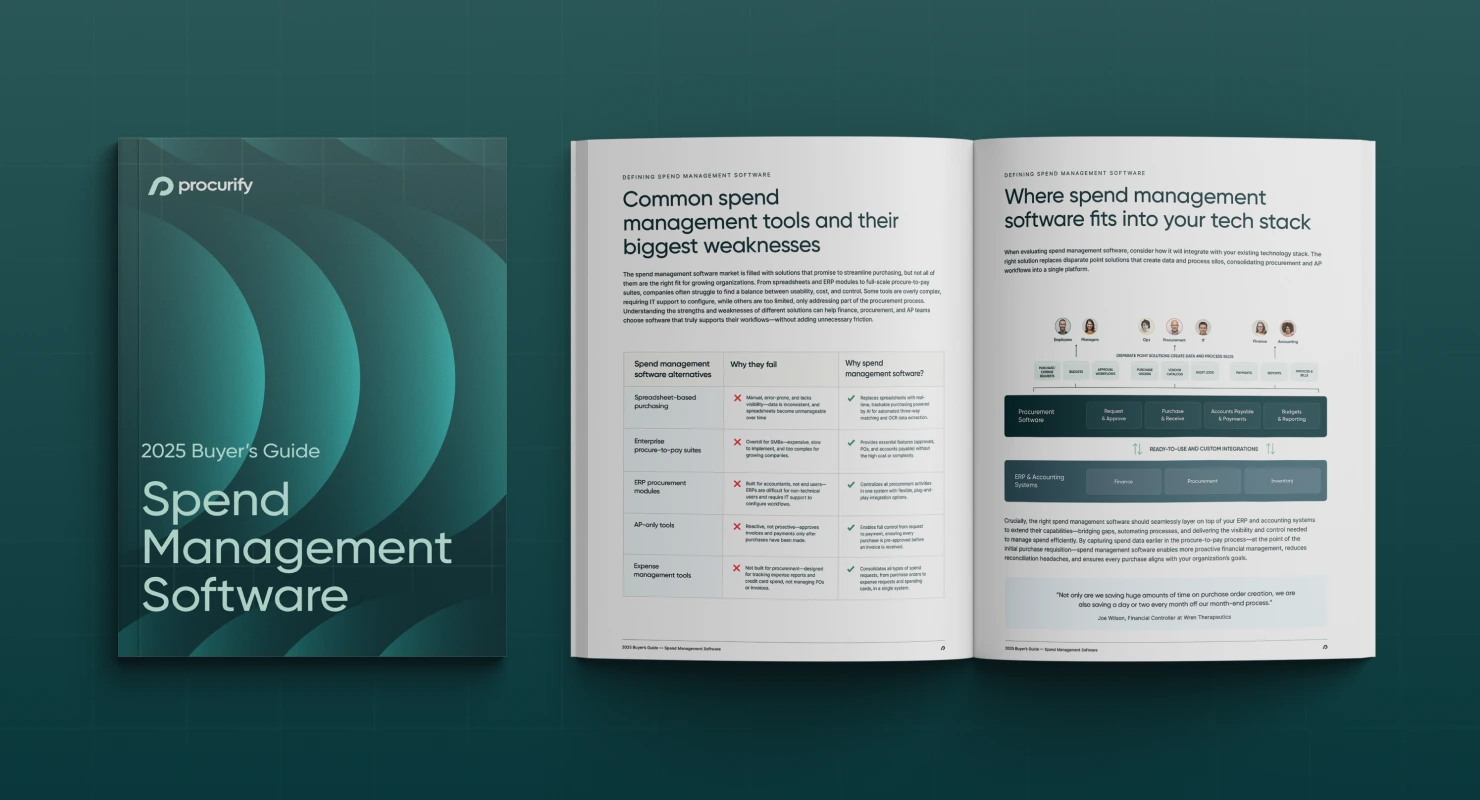Difference between competitive and non-competitive procurement
Your company needs a good or a service. To procure this need, your company will need a procurement process. Some questions to ask are, what kind of procurement processes are out there? And, what type of procurement process suits your business. Typically, procurement processes are split into two groups: Competitive and Noncompetitive procurement.
Competitive procurement involves opening the process to bids and tenders to obtain the best value. Noncompetitive procurement (sometimes called “sole source” or “single-source” procurement) happens when the buyer either selects the company to buy from or restricts the bidding process to certain suppliers.
Which procurement processes suit your business?
Some companies use both competitive and non-competitive procurement, setting strict guidelines for each. For example, goods or services over a certain dollar amount must be competitive while under that dollar amount can be non-competitive.

Advantages of Competitive Procurement
Competitive procurement involves the buyer receiving bids from sellers or vendors and evaluating those bids before choosing a supplier. In competitive procurement, any company that could provide the good or service is able to submit a bid or proposal. This promotes competition and makes the procurement process more transparent.
Disadvantages of Competitive Procurement
Competitive procurement can take a long time and involve a lot of complex paperwork. Furthermore, not all companies will want to bid on the tender. To undercut competitors’ prices, some companies may underbid or provide unreasonably inexpensive goods or services.
Who Does Competitive Procurement Work For?
Companies who want the lowest price or best value, do not have an urgent need or are not familiar with the companies that would be bidding on the tender.
Advantages of Noncompetitive Procurement
In non-competitive procurement, the buyer either selects one company to provide the good or service or invites certain suppliers to bid. The buyer doesn’t open the process to every potential supplier. This can be useful if there is only one company that provides that good or service. If requesting open bids would expose the buyer’s trade secrets.
Disadvantages of Non-Competitive Procurement
Non-competitive procurement can result in higher costs and can be difficult if the buyer has not previously worked with the selected company or companies. An inability to compare the vendor’s proposal to other proposals gives the buyer no way to determine if the bid is reasonable.
Who Does Non-Competitive Procurement Work For?
Companies that have an urgent need, companies with an ongoing project that requires continuity (such as construction projects) or companies with important trade secrets.
Conclusion
You might not want to always use one type of procurement. Weigh the pros and cons of each and decide which method best helps your organization meet its objectives on a case-by-case basis if necessary.

2025 Spend Management Software Buyer’s Guide
Choose the spend management solution best suited to your organization’s needs with an overview of the 2025 software ecosystem, feature comparisons, and a free vendor capability evaluation checklist.
